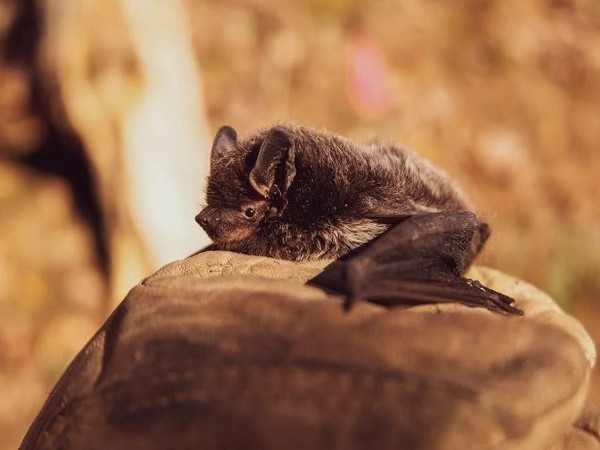

Researchers have noticed a significant decline in the activity levels of six bat species near solar farm locations.
Their research, which was published in the Journal of Applied Ecology, has the potential to influence and inform planning legislation and policy, allowing for the use of solar energy without harming wildlife.
Sustainable energy demand satiation depends on renewable technology. Given the crucial roles that fossil fuels play in the production of carbon dioxide, a major factor in climate change, this is of utmost importance.
Lead author Lizy Tinsley from the University of Bristol’s School of Biological Sciences explained, “Renewable energies can have negative impacts on biodiversity and mitigation is essential to provide win-win solutions for energy suppliers and for wildlife.”
The team installed bat static monitoring equipment in a solar farm field and a corresponding field without solar panels (control site) to conduct their experiment.
A bat detector was placed in the middle and edge of each field, totalling four recording locations, and was repeated across 19 different sites.
The fields were matched for size, land use, and boundary features (such as a hedge, fence, and stream). The choice of field boundaries was made because bats rely heavily on them for navigation.
The identification of the bat species and the quantity of bat passes were done after analysing the data from the various echolocation calls at the recording sites.
They discovered that activity levels of the Common Pipistrelle, Noctule, Myotis species, Serotine, Soprano pipistrelle, and Long-eared species were significantly lower at solar farm sites when compared to the paired control sites.
Lizy said, “Due to the significant negative impact identified, solar farm developments should be screened in an Environmental Impact Assessment for ecological impacts so that appropriate mitigation be designed against the impacts, and monitoring is undertaken.
“This has already been done with wind farms – where mortality of bats has been reduced by changing the wind speeds at which turbines become operational and by using acoustic deterrents, at a minimal cost.
“Further research is required to assess bat behaviour at solar farms, and why it is causing the significant decrease of certain species at the site. Is it the loss of suitable habitat that reduces activity? Are they fewer insect prey available, and are bats at risk of collisions with panels?
“It will be important to identify mitigation strategies that can benefit bats at solar farms, such as planting insect-friendly plants, providing corridors to insect-rich habitats, or providing suitable alternative foraging habitats such as trees.
“Mitigation strategies can potentially mean that renewable energy can be provided while simultaneously having no detriment to wildlife. Such mitigation will be critical in reaping the undoubted benefits for climate change that can be provided by renewable energy.”
Co-author Professor Gareth Jones added, “This is novel research, as the impacts of solar farms on wildlife are currently little understood, with no evidence regarding their effects on bats, which can provide valuable ecosystem services such as the suppression of pest insect populations.
“The situation is potential of concern as solar farms are occupying increasing areas of suitable foraging areas for bats, and we already know that bats can collide with vertical flat surfaces, can mistake flat surfaces for water, and attempt to drink from them. Very little is known on the impacts of solar farms on bats, particularly in the UK.”